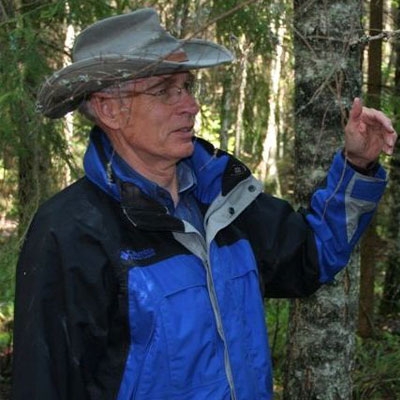For a long time we ecologists thought that we could predict not only how forests would grow but also how their composition was likely to change over time. And we could predict the effects of management actions: for example, If we chose to thin stands of trees in certain ways, we would expect predictable increases in the growth of the remaining trees, with more shrubs, grasses, and seedlings colonizing the gaps below the trees.
But those old expectations no longer apply. Changes in climate are making the growth patterns of forests in particular areas different from those they followed in the past. And the changes mean that established forests are less well adapted to their home range than they used to be. As a case in point, the rate of climatic warming is so rapid that ponderosa pine trees on the Canadian border will need to sprout legs to enable them to move north 60 miles a decade to keep up with climatic conditions to which they are adapted. That’s not going to happen, with or without a climate change denier in the White House.
Another surprise is that, where we might expect warming to increase the growth rates of subalpine forests, these forests are dying as they have become more vulnerable to insect and disease outbreaks, as well as to wildfires. Subalpine forests are squeezed between the more temperate species encroaching from below and barriers of rocky, infertile soils, or no land at all to migrate to, at higher elevations. Even more shocking, large trees have become more susceptible to climate change where they were once more resilient than smaller trees with less developed root systems.
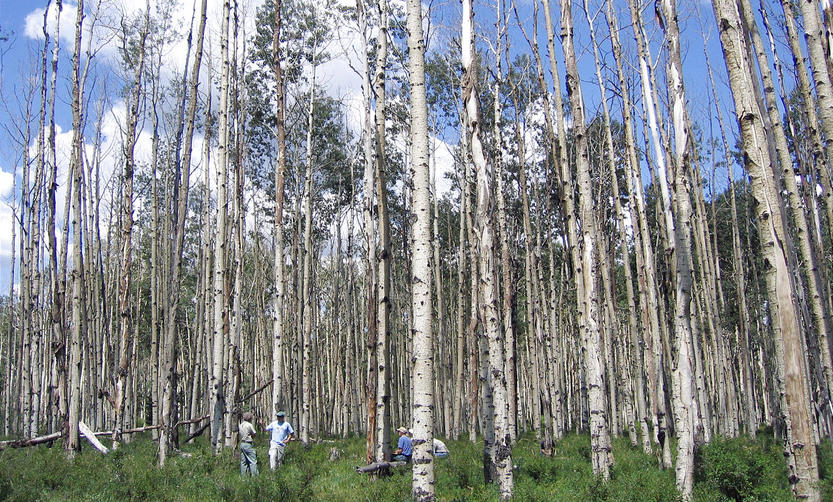
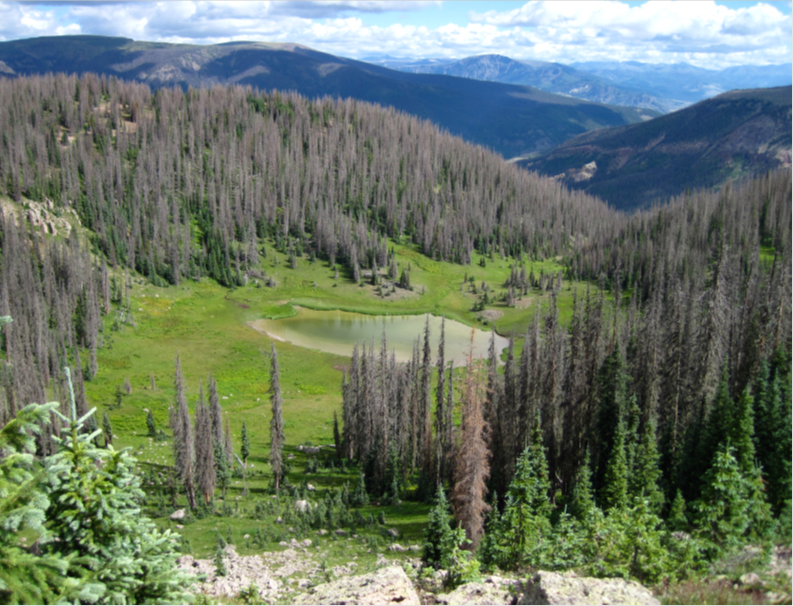
What can we do to mitigate the effects of climate change on forests, besides planting different species in new places? One action would be to maintain a mix of tree species that exhibit a range of tolerances to climatic conditions as well as to insects and diseases.
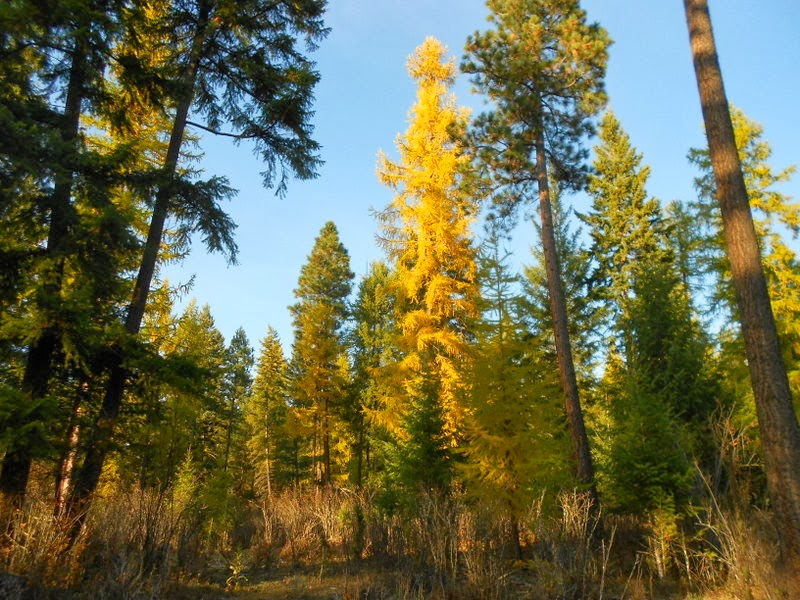
Alternatively, where only one species now dominates, as is the case in the ponderosa pine forests of southwestern United States, controlled fires can keep fuel from accumulating and reduce competition among the larger trees for water.
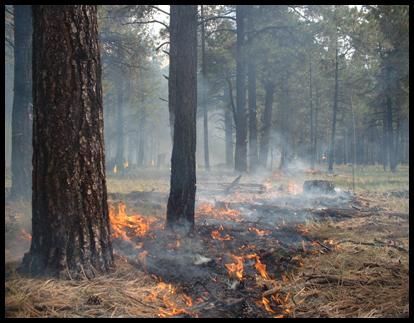
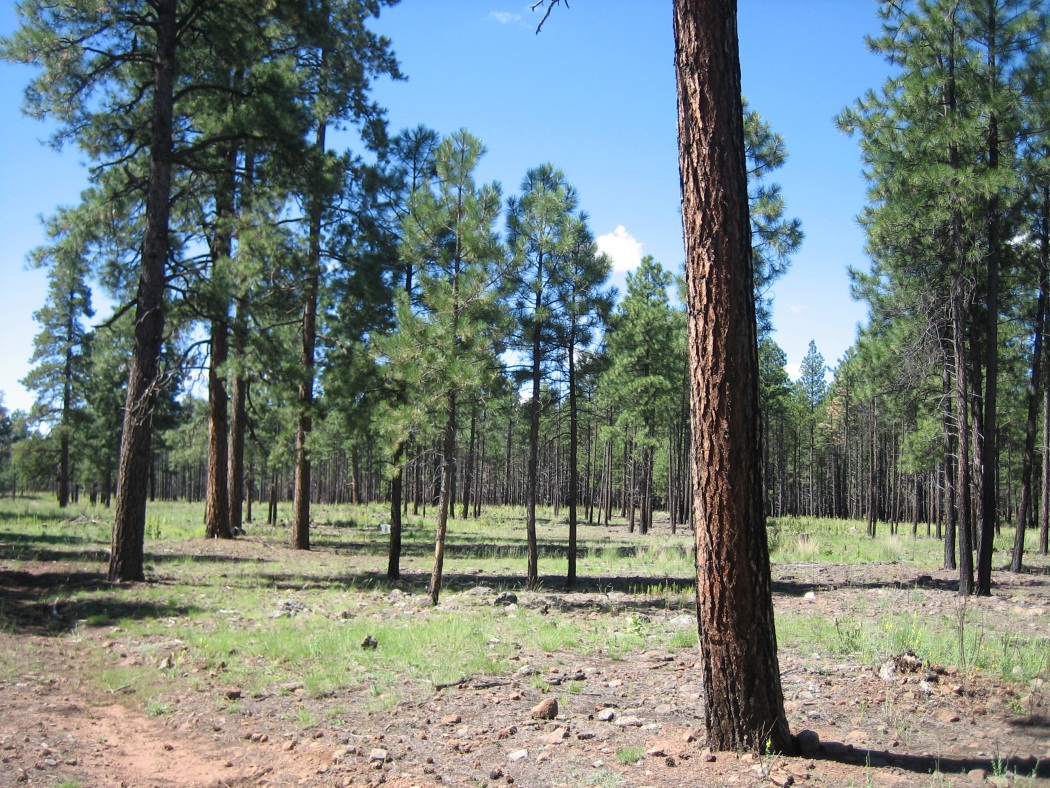
Among the most valuable tools we have to pin-point where forests are thriving and where they are dying are nearly 60 years of satellite monitoring by NASA and NOAA government agencies. These records provide a way to separate intentional removal of trees from those killed by wildfires, disease and insects. They also provide the most efficient way to monitor carbon sequestration policies and to verify model predictions.
Perhaps the greatest danger to the work of scientists studying climate change is the Trump administration’s stated goal of abolishing NASA entire Earth Science Division. That’s one threat every citizen interested in our future can do something about today to affect the world our children and grandchildren inherit. Do it!


